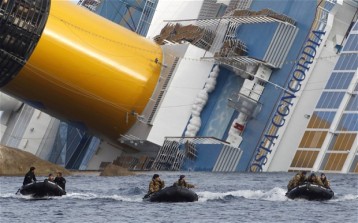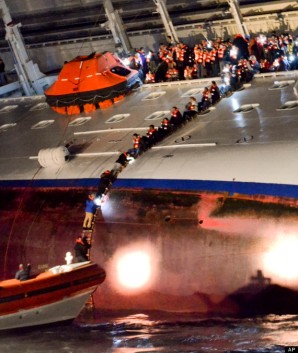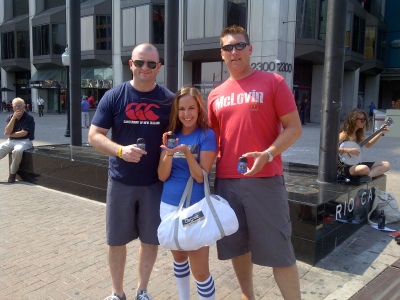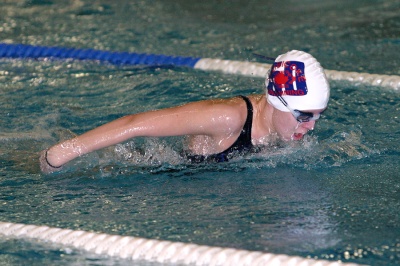After only three short weeks in the CCPR program, I’m already viewing the news around me in a very different light. For my media relations class, I’ve chosen to investigate Carnival Cruise Line’s response to the recent accident involving the Costa Concordia.
While the exact cause of the tragedy remains undetermined, what is clear is that the company’s response to the incident was far from acceptable. A more effectively managed public relations response would have gone a long way in not only consoling the victims, but also in managing the cruise line’s image in the public eye.
When I read Carnival Cruise Line CEO, Micky Arison’s first statement after the Costa Concordia capsized, I didn’t know how I felt about the response. His message seemed to express genuine sympathy for the victims and to prioritize the safety of Carnival’s customers and employees. At the same time, the key word is that I read his statement. After any injury or loss of life at the hands of corporate error, proper PR protocol dictates that the CEO stand up on behalf of the company to take responsibility for the situation.
The world would have to wait another 11 days for Micky Arison to give his first interview on the subject and when he did, his comments were less than reassuring. Arison trivialized the matter by saying things like, “When you have 100 ships out there, sometimes unfortunate things happen…” He explicitly commented that he didn’t feel the need to get in front of the cameras and stated that he stayed in Miami to manage his brand’s image after the incident.
These few remarks alone make it very clear that Arison was certainly concerned about risk. Only it was the wrong kind. He was more worried about the toll this accident would take on Carnival stock prices than toll that would be taken on the environment or the victims.
To make matters worse, during his period of silence on the subject, Arison was not entirely out of the public eye. He had enough time to stop by the Miami arena to watch his NBA basketball team shoot some hoops. Arison’s first tweet after the Concordia sank wasn’t a pledge to investigate the accident or to ensure that it never happens again. No, his first tweet read, “Let’s Go Heat.”
Just months before the September 17, 2013 efforts to raise the capsized Costa Concordia, Carnival announced its decision to have board member Arnold Donald take over as CEO of the company.
Then just weeks before, the new CEO released this video/interview with CBS about his intentions to repair Carnival Cruise Line’s image.
While these strategic moves on the part of Carnival do appear to be the more effective public relations tools required to put this plagued past behind the company, I’m still skeptical about the future of the cruise line. As we learned nearly a year ago when Micky Arison released his initial written statement to the world, you can’t always judge a book by its cover.



